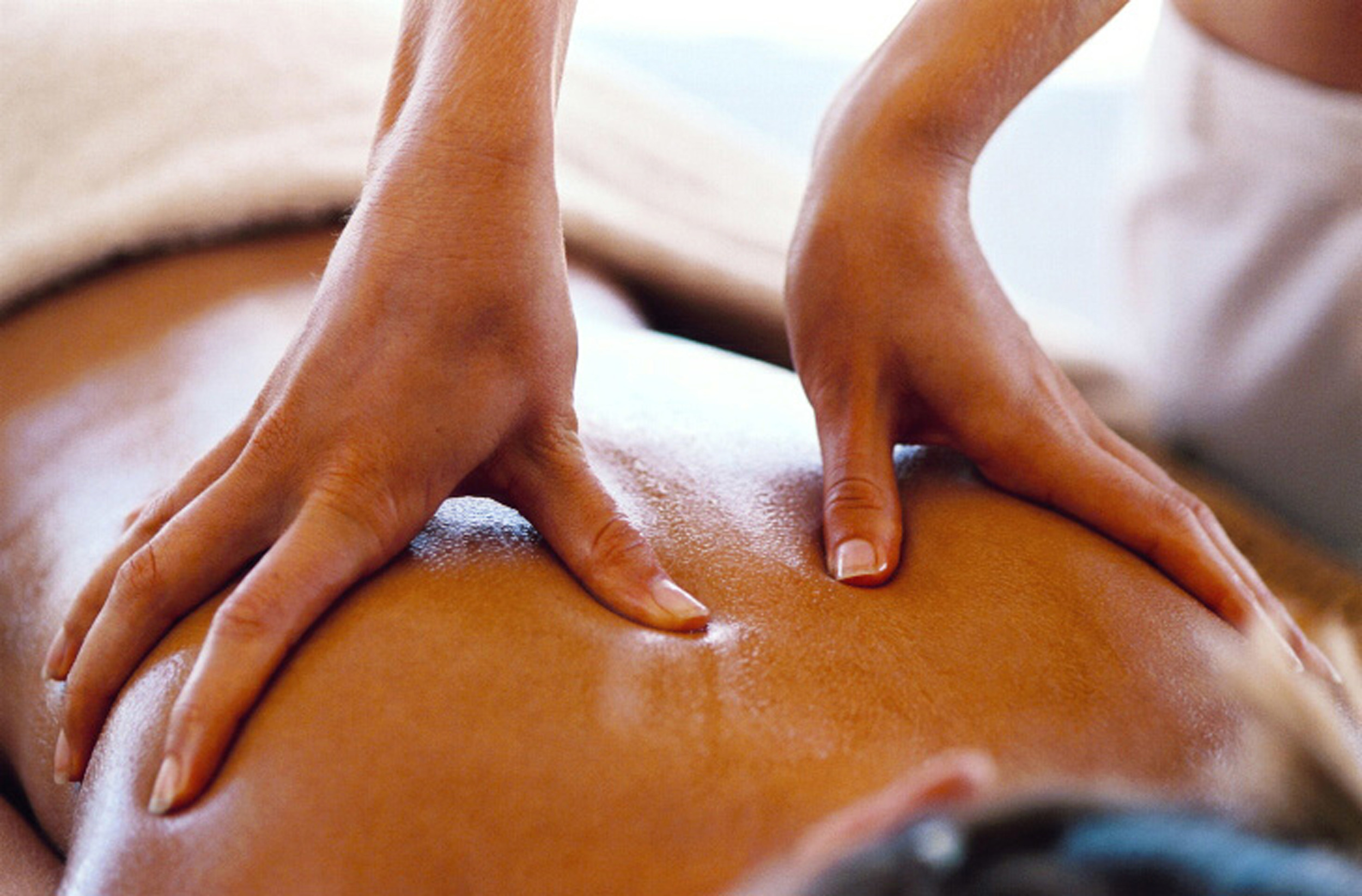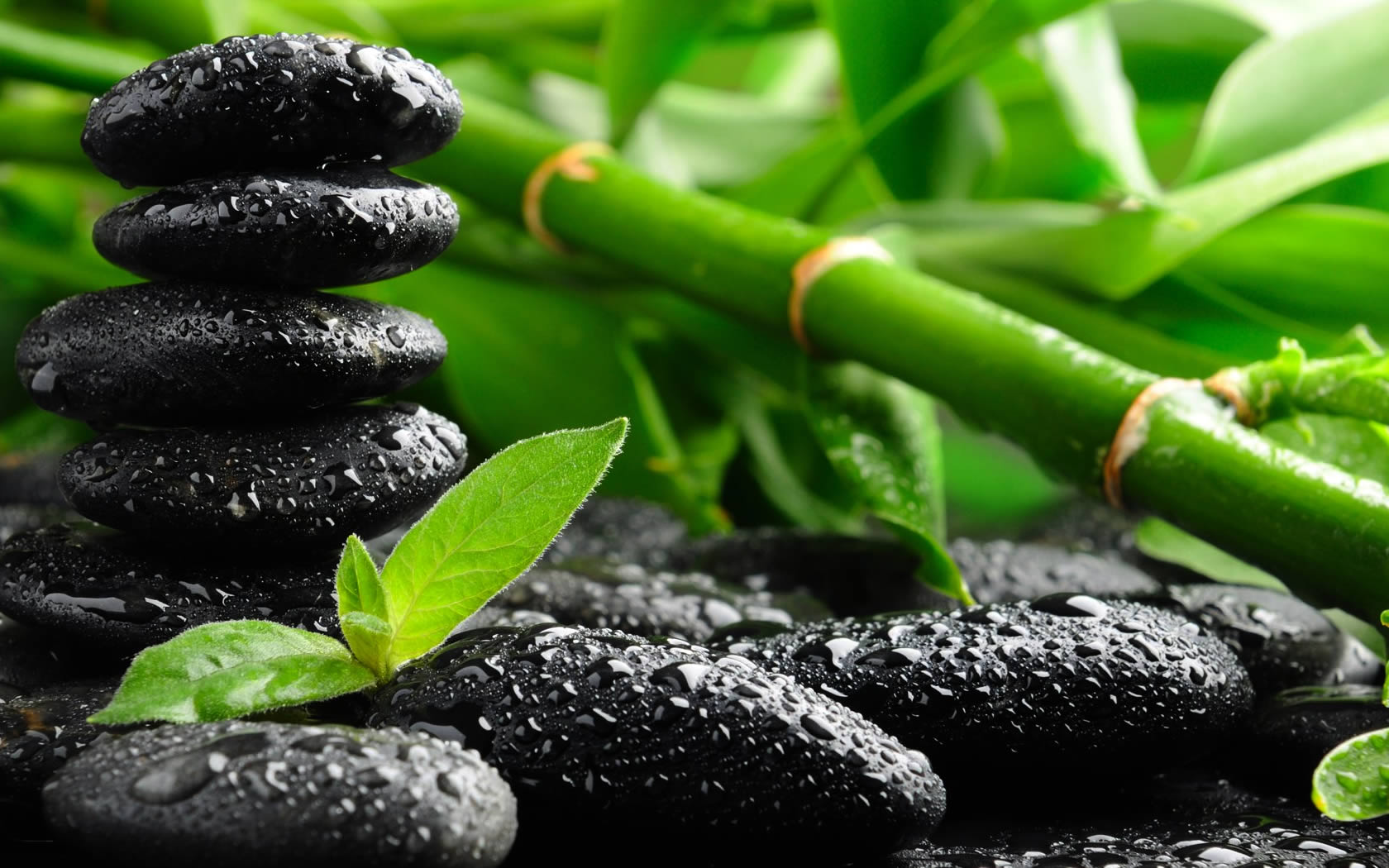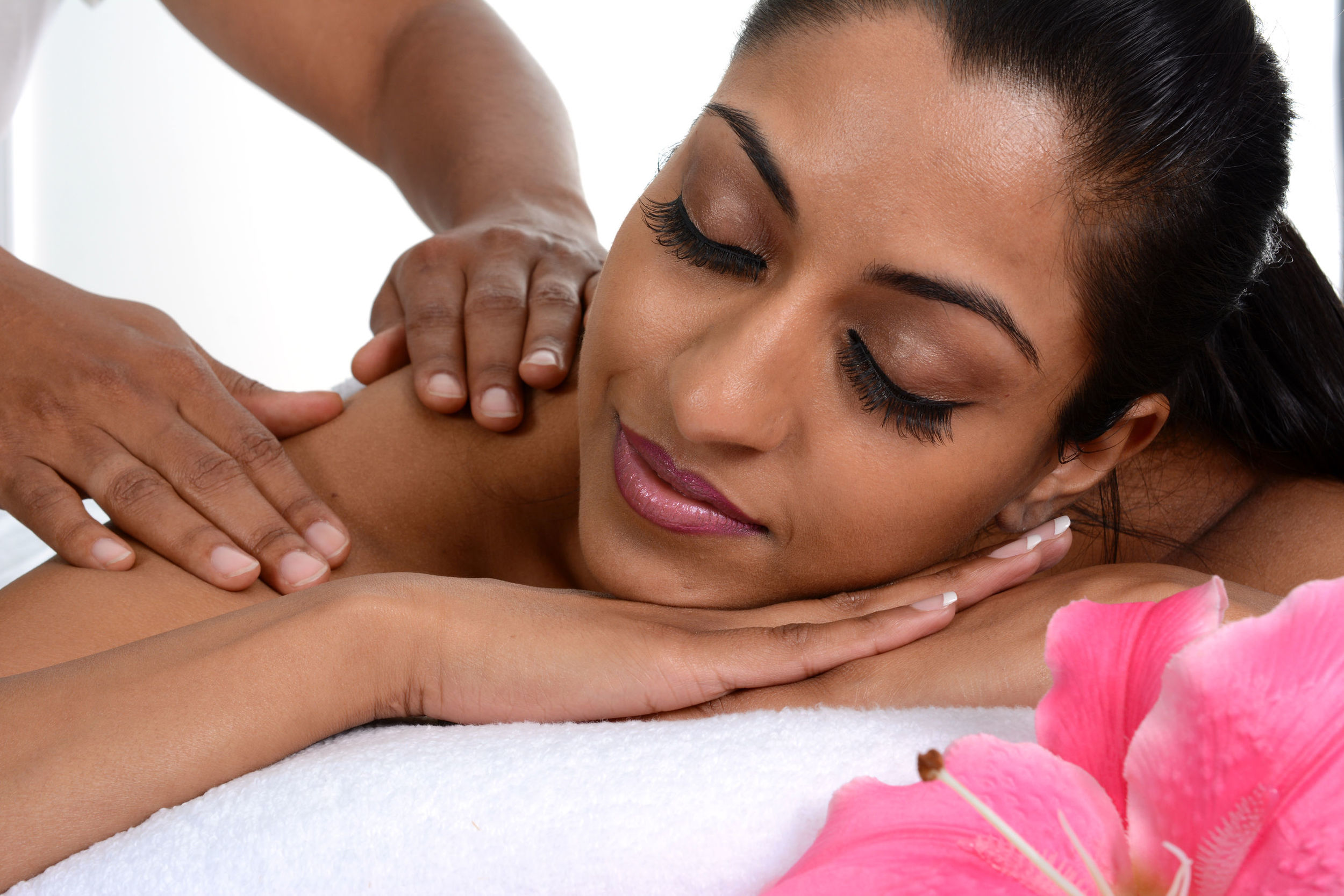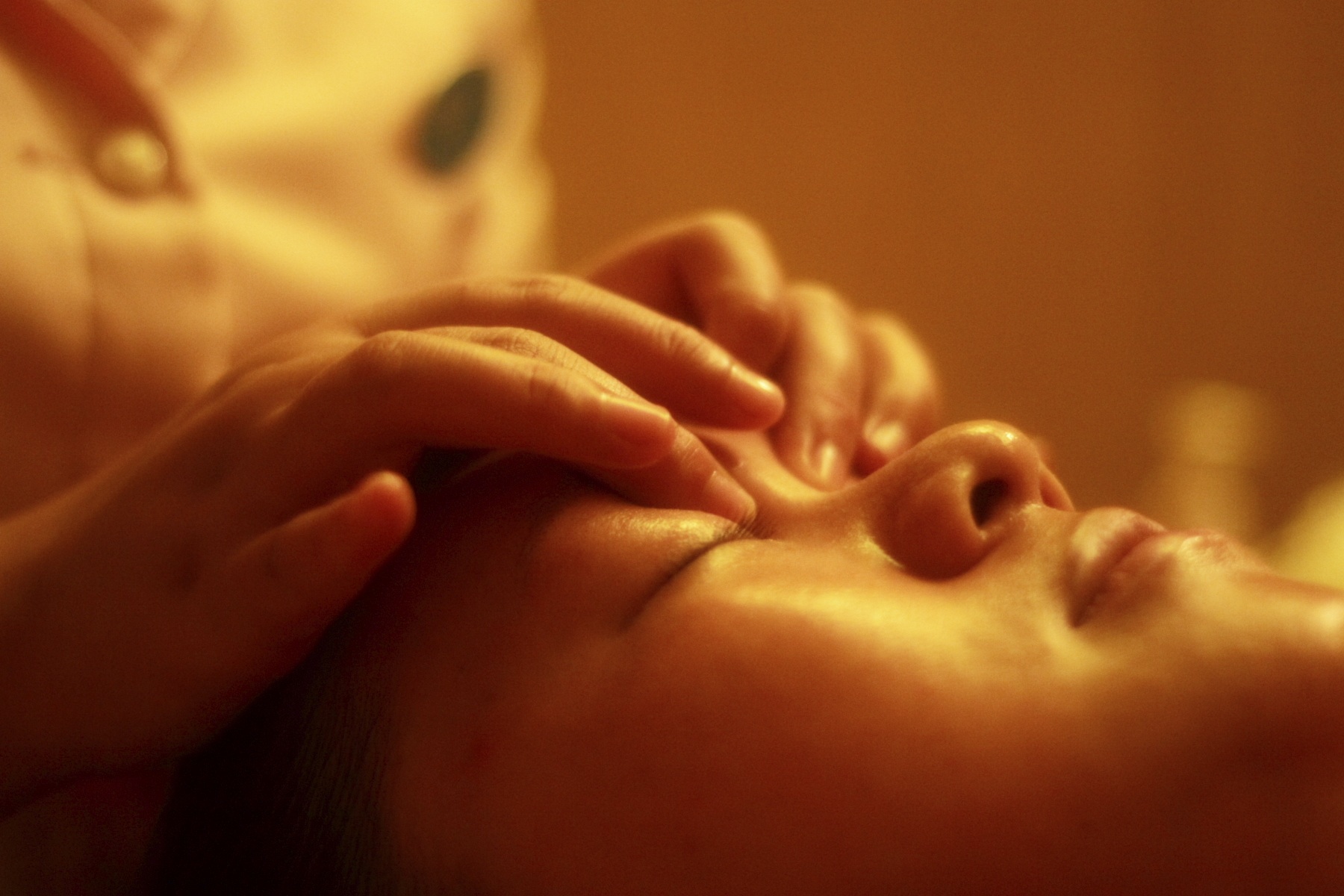P/s/s/s/t....
Peace.Sexuality.Sensuality.Spirituality.Transformation
Massage is well known for reducing stress and promoting relaxation. And, a growing body of research also shows that massage therapy is effective for relieving and managing chronic and acute pain, a significant national health problem. One hour massage equates to 7-8 hours of sleep on the body. Massage therapy dates back thousands of years. References to massage appear in writings from ancient China, Japan, India, Arabic nations, Egypt, Greece (Hippocrates defined medicine as "the art of rubbing"), and Rome.
Massage became widely used in Europe during the Renaissance. In the 1850s, two American physicians who had studied in Sweden introduced massage therapy in the United States, where it became popular and was promoted for a variety of health purposes. In Swedish massage, the therapist uses long strokes, kneading, deep circular movements, vibration, and tapping. Sports massage is similar to Swedish massage, adapted specifically to the needs of athletes. Among the many other examples are deep tissue massage and trigger point massage, which focuses on myofascial trigger points -- muscle "knots" that are painful when pressed and can cause symptoms elsewhere in the body.
There are numerous theories about how massage therapy may affect the body. For example, the "gate control theory" suggests that massage may provide stimulation that helps to block pain signals sent to the brain. Other theories suggest that massage might stimulate the release of certain chemicals in the body, such as serotonin or endorphin's, or cause beneficial mechanical changes in the body.
A woman’s desire for sex is based on a compilation of many complex components affecting intimacy. Some of the more common causes of diminished sexual desire include:
- Physical Issues – Fatigue, arthritis, cancer, diabetes, high blood pressure, coronary artery disease and neurological diseases can all contribute to a low sex drive.
- Hormone Imbalance – Diminished libido can be caused by menopause, pregnancy and breastfeeding.
- Medications – Many prescription medications, including antidepressants, antihistamines, blood pressure medications and chemotherapy drugs, are notorious libido killers.
- Emotional Well-Being – A variety of mental health problems can affect sexual desire such as stress, anxiety, depression, poor body image, low self-esteem and a history of abuse.
Current Relationship – Issues in a relationship are frequent culprits of low libido. Examples include lack of connection with the partner, unresolved conflicts, poor sexual communication and infidelity.
Although it was listed above as just one of the nearly 20 causes, stress is a dominant reason for reduced sex drive. According to the American Psychological Association, approximately 48 percent of Americans report their stress level has risen over the past five years. Being stressed out typically puts sex on the bottom of the priority list. Even if someone convinces themselves to engage in sexual activity while stressed, the likelihood of it being enjoyable is extremely low.
Luckily, massage is wonderful at delivering stress relief – a precursor to improving libido. No studies have been done linking massage therapy to the improvement of hypoactive sexual desire disorder. However, massage has demonstrated the ability to dramatically reduce stress as measured by lowered cortisol levels. An accepted biological marker of stress, cortisol also decreases testosterone – the hormone most responsible for sex drive.
Next/ Meditation




